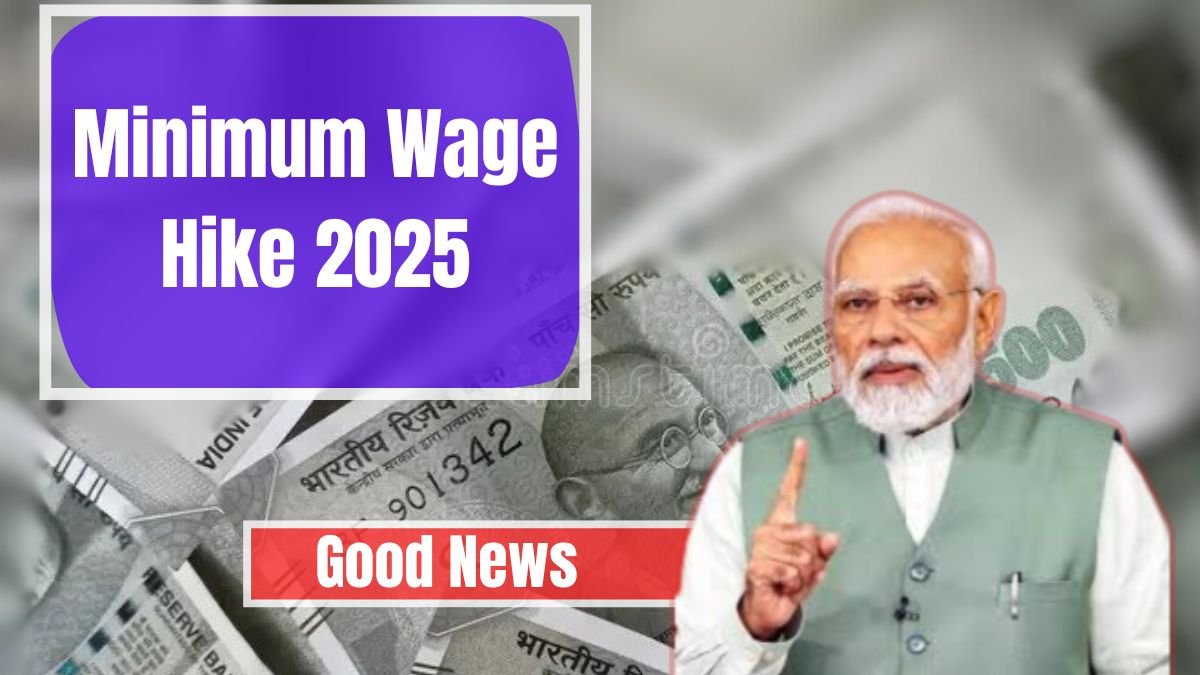In a very humane measure, on April 10, 2025, the Indian Government raised minimum wages in various key sectors to also include industries and services so as to improve the economic condition of the workers through the provision of wage compensation for inflation.
Revisions Of Central Sphere-Wise Minimum Wages
The amendments involved making adjustments to existing basic wage rates in industries under the Central Government: namely, railways, mines, oil fields, and major ports. Changes in these new rates range from 465 to 1,065 in rupees per day, compared with 452-1,035 before. The Government remains adamant that these cadres of workers have been least compensated in comparison with those undergoing similar economic conditions.
State-Level Adjustments: A Case Study of Uttar Pradesh
States are further revising their minimum wages, and these new wages in Uttar Pradesh were updated with effect from April 1, 2025, taking into consideration state conditions and local economic inflation rates. These adjustments, however, form part of a larger attempt aimed at bringing some uniformity into the wage system and thus raise the living conditions in the nation as a whole.
Increasing Pay Based on Skill Level
The new wage structure continues distinguishing workers into four categories based on skill level: unskilled, semi-skilled, skilled, and highly skilled. This approach thus promotes fairness and motivation of the workforce by suitably rewarding workers according to the degree of difficulty and skills required for different job functions.
Transitioning Towards a Living Wage Framework
India is working towards the abolition of the minimum wage system in favour of a living-wage system by the year 2025, besides the changes made in the past. This collaborative effort with the International Labour Organization (ILO) gives priority to wages covering basic essentials like shelter, food, medical treatment, and education. The transformation targets the enhancement of workers’ living standards and the decrease of poverty rates.
Implications for Employers and Workers
Employers are supposed to comply with the new wage regulations so as not to suffer any legal implications and hence keep their workers motivated. Improved wages for workers are expected to better their living standards. The shift to a living wage framework indicates the will of the authorities to pursue social equity and economic development.
To summarise the minimum wage review of 2025 is a watershed in India Labour Policy that aims at bringing social justice and upliftment of the workforce.
Also Read: GPS-Based Toll System to Replace FASTag: What It Means for You


